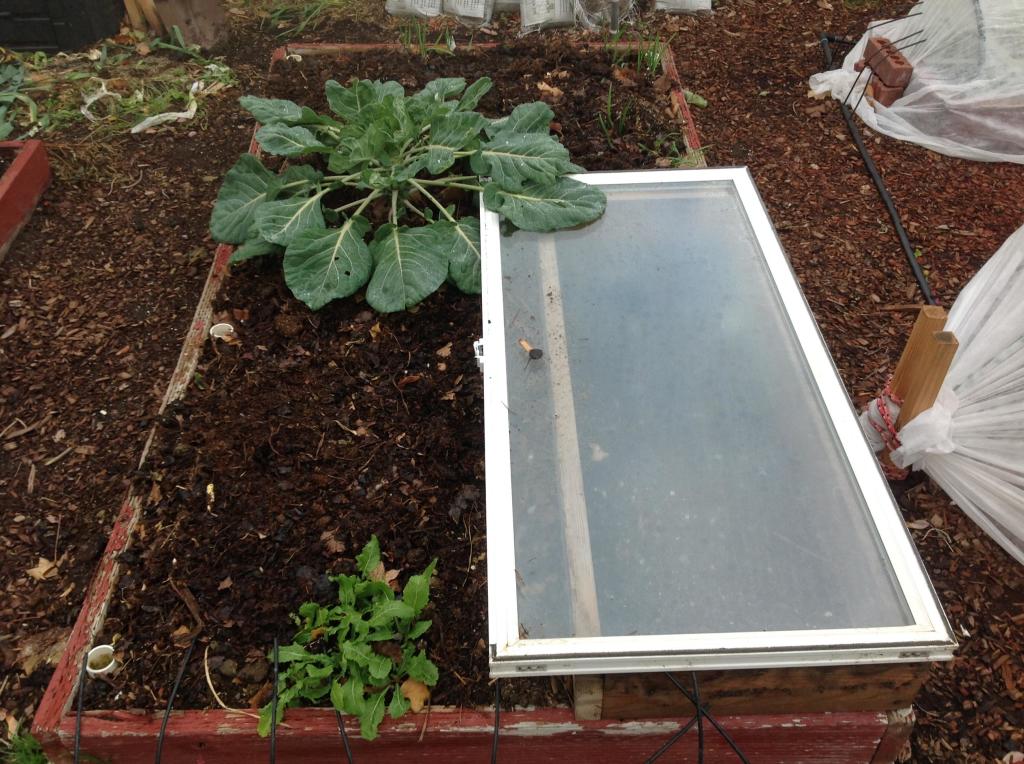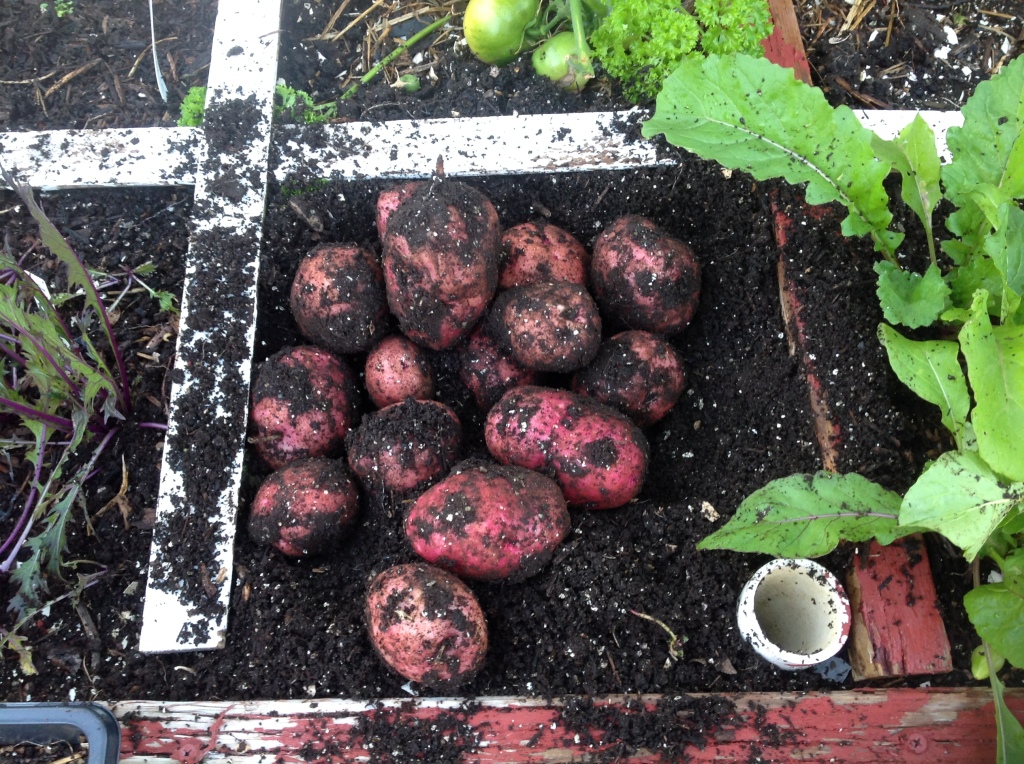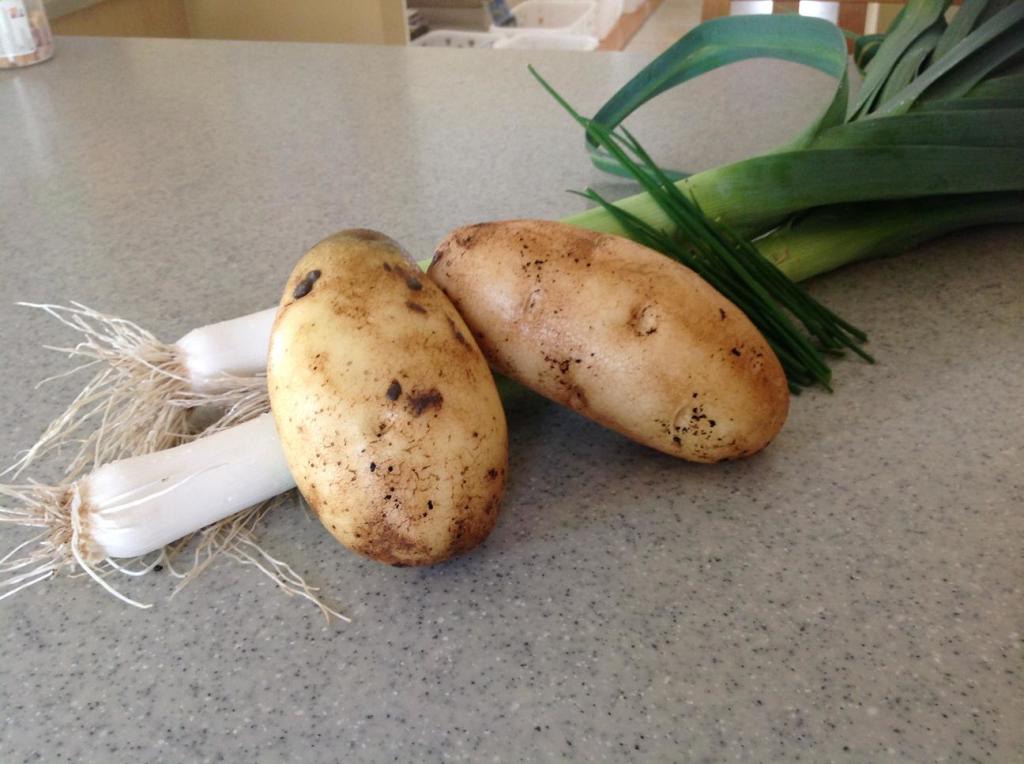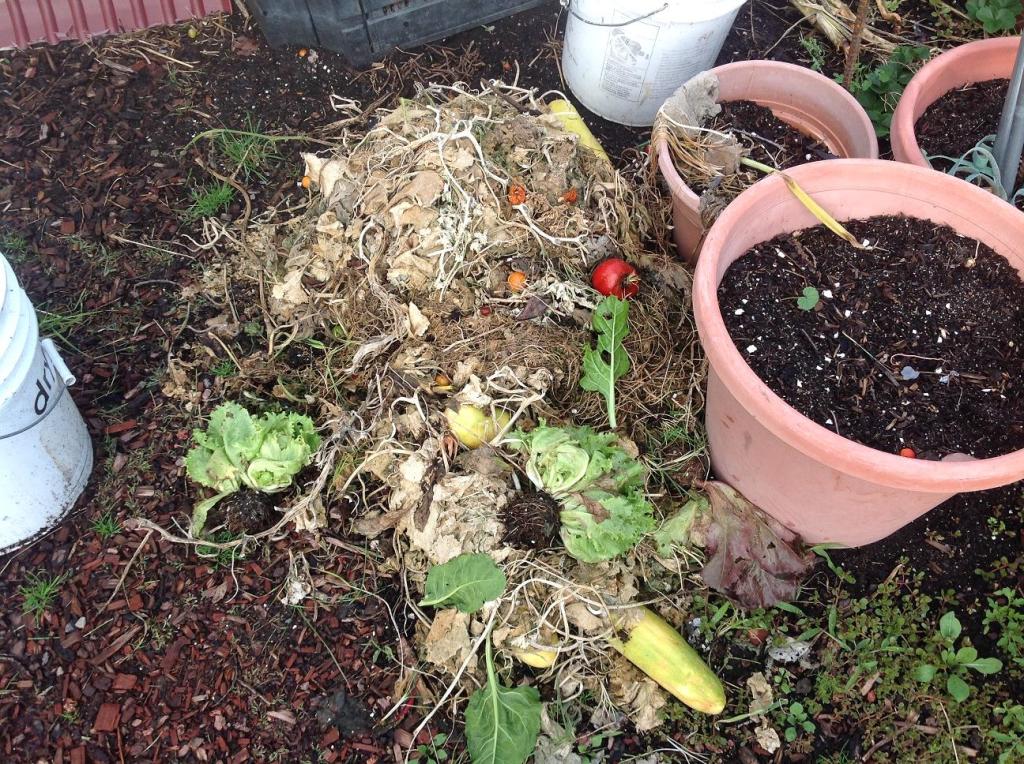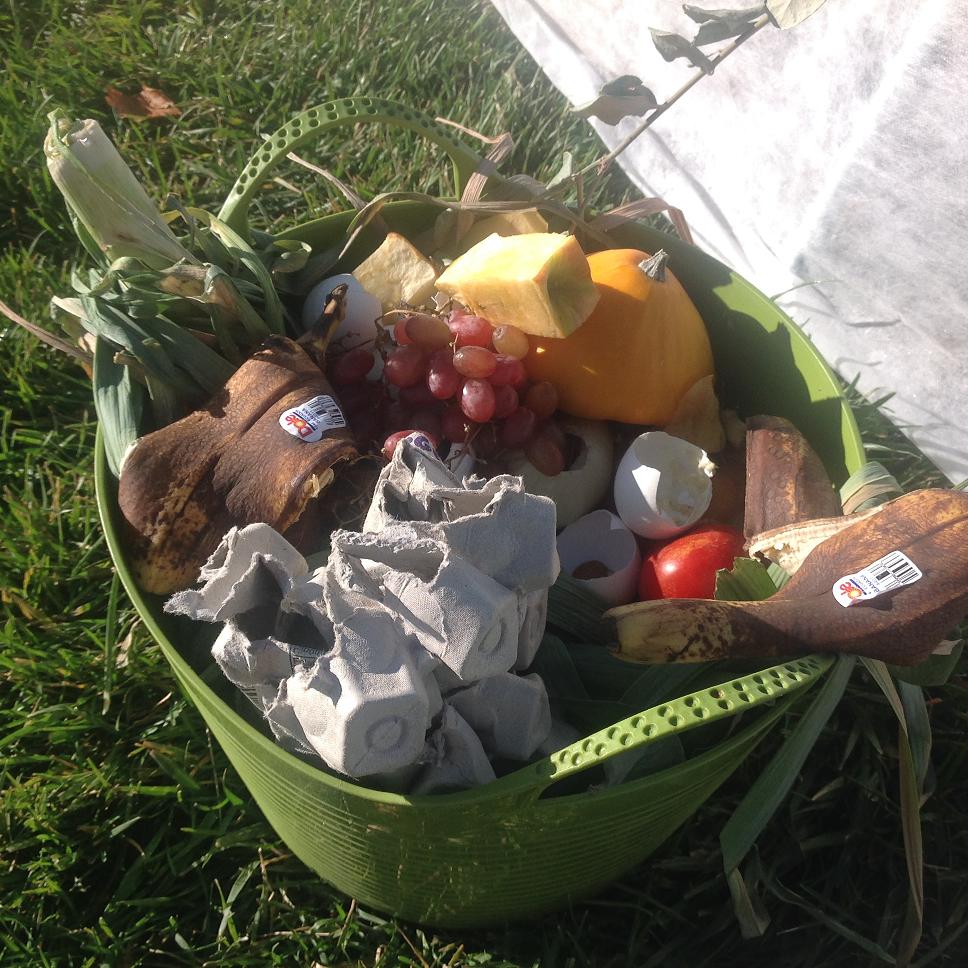 Making your own compost is a very easy thing to do-much like everything else in the square foot garden. You can make it complicated by using formulas, ratio’s, etc, but it all really boils down to just doing a few things correctly . Gathering the right kind of material is the first step. The greater variety of ingredients, the greater the finished product will be. Looking at this container shows a small sampling of how easy it is to gather compost material from your kitchen. Here’s what I see: grapes, leeks, banana peels, eggs, tomato tops, apple core, zucchini, and an egg carton. You can bet there’s more under what we do see, but that’s 8 different things, one of which is counted as a “brown” ingredient-the egg carton. The way I do it is to simply balance the amount of greens with browns. Seeing this is mostly green ingredients, I’ll dump this in the compost bin, and then I’ll fill the green container with nothing but brown items-something like shredded paper. That way you’re assured of a good balance of nitrogen(green)and carbon(brown.) Then it’s a matter of taking care of the pile-keeping it moist and turning it as often as you can. The more frequently you turn it, the faster you’ll get it. I’ve done it this way now for 15 years and I’ve never had a problem. I’ve never spent a dime on fertilizer and everything grows in my garden. If you don’t get the soil right nothing else will really matter.
Making your own compost is a very easy thing to do-much like everything else in the square foot garden. You can make it complicated by using formulas, ratio’s, etc, but it all really boils down to just doing a few things correctly . Gathering the right kind of material is the first step. The greater variety of ingredients, the greater the finished product will be. Looking at this container shows a small sampling of how easy it is to gather compost material from your kitchen. Here’s what I see: grapes, leeks, banana peels, eggs, tomato tops, apple core, zucchini, and an egg carton. You can bet there’s more under what we do see, but that’s 8 different things, one of which is counted as a “brown” ingredient-the egg carton. The way I do it is to simply balance the amount of greens with browns. Seeing this is mostly green ingredients, I’ll dump this in the compost bin, and then I’ll fill the green container with nothing but brown items-something like shredded paper. That way you’re assured of a good balance of nitrogen(green)and carbon(brown.) Then it’s a matter of taking care of the pile-keeping it moist and turning it as often as you can. The more frequently you turn it, the faster you’ll get it. I’ve done it this way now for 15 years and I’ve never had a problem. I’ve never spent a dime on fertilizer and everything grows in my garden. If you don’t get the soil right nothing else will really matter.
[ois skin=”1″]

